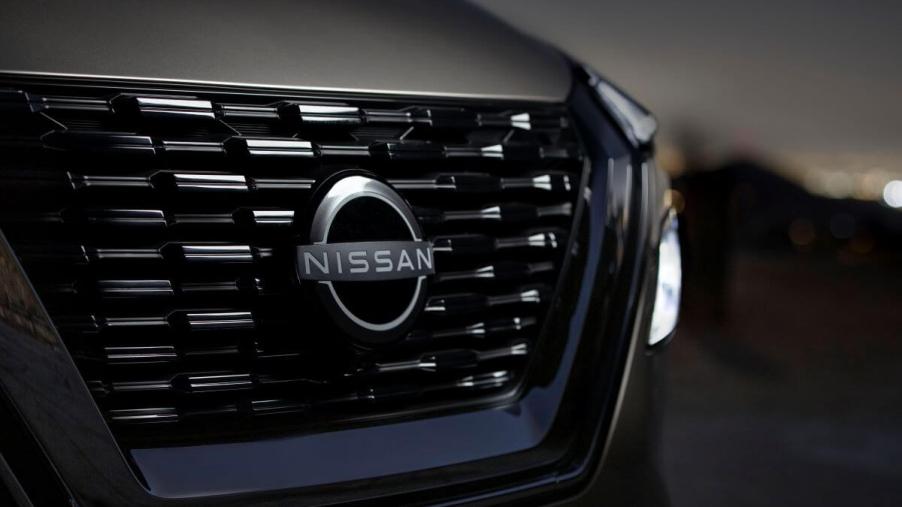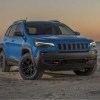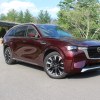
2023 Honda CR-V vs. Nissan Rogue: Which Compact SUV Is More Popular?
Honda and Nissan are making a major splash with their respective compact SUV offerings in 2023. Honda’s CR-V is the de facto standard that other smaller SUVs are compared to. And Nissan’s Rogue, after a 2022 engine re-design, is more than keeping up with that standard—at a great price point, too.
These are both popular vehicles in the fastest-growing category for new car sales. Their features are similar, their performance differences are negligible, and both designs make a case for best-in-class. So which one edges out the other in popularity?
How the 2023 Honda CR-V stacks up to the 2023 Nissan Rogue’s sales
The 2023 Rogue is enjoying sales momentum, in part thanks to the 1.5-liter VC-Turbo engine introduced in last year’s model. The 2023 CR-V, on the other hand, made few changes on that front. But it added some extra sports utility muscle by overhauling the chassis. As drivers lately demand more than a simple people carrier from their compact SUVs, Honda is happy to respond.
Thoughtful changes like these are what keep both models toward the top of the sales charts year after year. GoodCarBadCar reports that this has only improved with the 2023 iterations of these crowd-pleasing crossovers.
The CR-V has moved 196,794 units so far across all trims in 2023. That’s a 42.19% year-to-date change in fortunes compared to 2022. Meanwhile, the Rogue had a very respectable 147,745 sales so far. That accounts for a 68.5% jump compared to the previous year’s sales.
Why CR-V and Rogue sales are up in 2023
Both the CR-V and Rogue are having fantastic years in the new car market. Both are enjoying notable year-over-year improvements. But while minor engineering and design changes might be driving some of that hype, there’s a much bigger factor at play here: the COVID-19 pandemic.
Since 2020, supply chain issues continue to erupt on a regular basis. The new car market was especially affected by this, as anyone shopping in the last few years is unfortunately very familiar with. We’re only recently seeing more popular models actually sell closer to MSRP.
The reason, according to Bloomberg, is the resolution of many global supply chain issues. The chip shortage in particular meant that even when many major machined parts were easily available, automobile production still stalled. Out-of-phase lockdowns across the globe meant that disruptions of various components didn’t always line up.
Now, even with prices that couldn’t exactly be described as cheap, and high interest rates to boot, new car sales are being driven by pent-up demand. Buyers are tired of waiting, and already-popular crossovers like the CR-V and the Rogue are on the lots waiting for them.
What explains the difference in sales
The CR-V is a big seller, topping the list of Honda’s most successful vehicles in recent years. It’s a reliable driver for commuter purposes. And the bevy of small improvements to the chassis make it even more of a consumer favorite.
The Rogue basically matches that summary, and even comes out slightly ahead in overall performance with its refreshed engine. They target the same kinds of drivers — city and suburban commuters. Both get glowing marks from reviewers, such as Edmunds, which rated the Rogue a 7.8 overall to the CR-V’s 8.1.
They’re even close in MSRP. The CR-V starts at $28,410, while the Rogue comes in slightly—barely—cheaper at $27,910. That’s not a make-or-break difference in price. So what earned the CR-V nearly 50,000 more sales in 2023? Brand loyalty, most likely.
Honda’s long-running reputation for safety and reliability is hugely important to commuters. Even if Nissan’s own flagship small SUV is nearly identical on paper, the Honda name is what truly edges it out of a few thousand potential sales.


